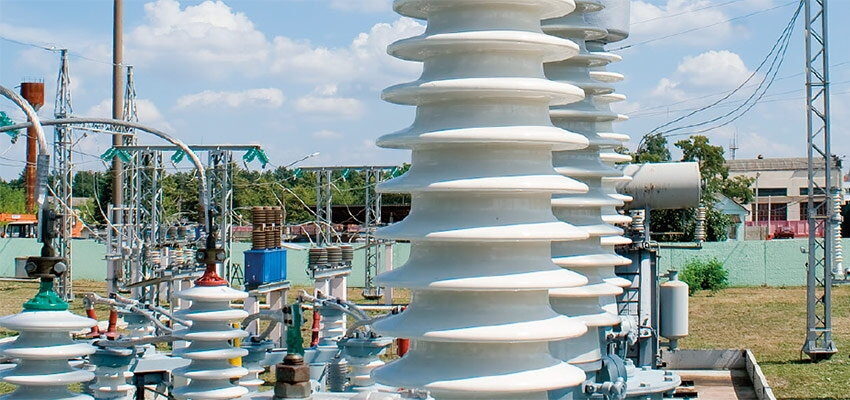
Condenser bushings condition monitoring
Abstract This article focuses on condenser bushings monitoring, of both oil-impregnated and resin-impregnated paper bushings, for extra high-voltage class transformers in order to avoid a...
byK.K. MURTY

Abstract
This article focuses on condenser bushings monitoring, of both oil-impregnated and resin-impregnated paper bushings, for extra high-voltage class transformers in order to avoid a catastrophic transformer failure that might result from a failed bushing. A brief description of the online monitoring system is presented, highlighting its superiority over conventional offline monitoring practices. This is followed by a true case study and a specimen cost-benefit analysis related to the failure of a 160 MVA, 220/132/33 kV transformer and its assumed down time of 72 hours at a substation in India, caused by a failure of a 245 kV oil-impregnated paper bushing.
Keywords: bushing, tan δ, capacitance, infrared thermography
1. Introduction
Bushing condition monitoring is important in order to detect incipient faults. Some of the causes of a bushing failures include:
- high dielectric stress due to switching surges and lightening surges
- ingress of moisture and other contaminants through deteriorated, aged gaskets and hairline cracks in the porcelain
- oil leakage
- high atmospheric temperature, humidity, etc.
- deterioration of dielectric properties due to: (a) an increased oil temperature caused by transformer overloading, or (b) loose joint connections in the leads of the draw-lead type bushings/draw-rod type bushings, giving rise to an excess temperature in the bushings
- failure due to improper earth connection of the test tap
- improper re-fixing of the test tap cap after dissipation factor (tan δ) and capacitance measurements
2. Bushing condition monitoring
2.1 Online bushing monitoring
Bearing in mind the research results presented at the beginning of the article Fundamentals of condenser bushings [1], which show that about 17% of transformer failures are attributed to bushing faults [2], it is of prime importance to monitor and observe the bushings, identifying defective bushings whose tan δ values are increasing. If the tan δ begins to exceed the value of 0.007, then the arrangements to replace the unit must be made.
Due to a bushing failure, the dielectric distances shorten and a flash over occurs between the live extra-high voltage (EHV) conductor and the transformer body, resulting in a hazardous fire/explosion in the transformer and also damaging the nearby outdoor equipment. This is generally observed in 220 kV, 400 kV and 765 kV voltage class transformers. The losses incurred by such failure and its consequences are colossal and they ensue from:
- the cost of the bushings;
- the cost of the transformer (in case there was a subsequent transformer failure) and associated activities; and
- the losses due to power system disturbances and/or blackouts affecting large number of consumers.
All this may lead to a huge revenue loss for the generation, transmission and distribution utilities.







